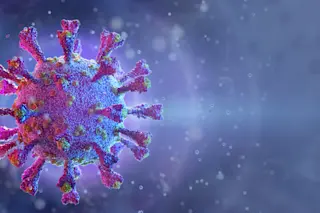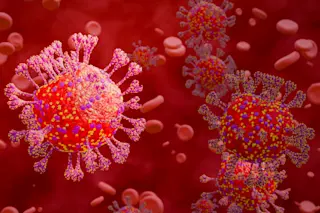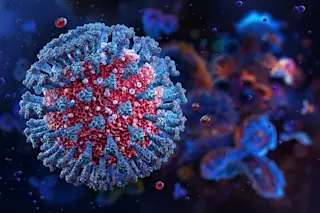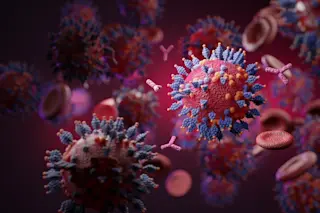Shannon Connolly and I first met on a spring afternoon in 1989 in the locked psychiatric ward of a hospital in the Bronx. She was there because of a suicide attempt; I was there because earlier that morning she had asked the ward psychiatrist if she could talk to an AIDS specialist about her condition.
When I knocked at the door of her room she was curled up in bed, motionless, her face to the wall. But as I walked in, she sat up and extended her hand. Thank you so much for coming, she said. She was 32 years old and little more than a bag of bones, her thinness accentuated by her marked pallor and long, lank hair. One of her eyes was slightly blackened and most of her teeth were missing. Track marks from years of heroin use wavered up both her arms. But her gaze was ...














